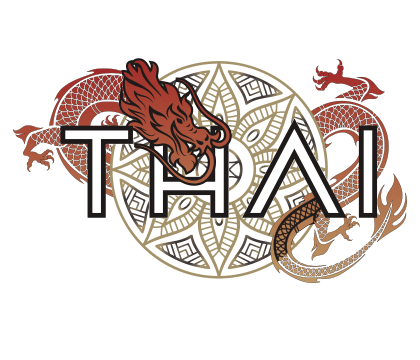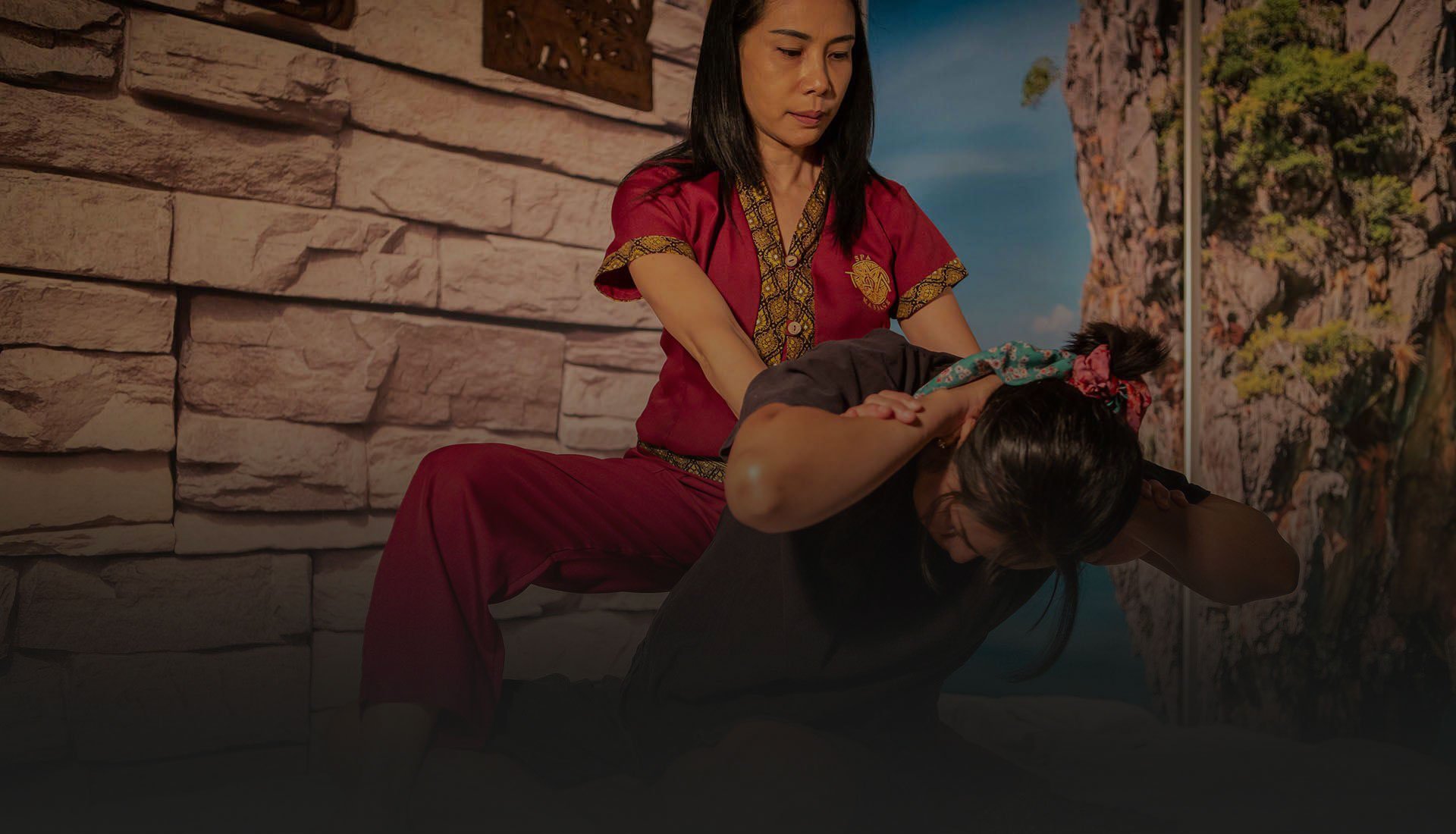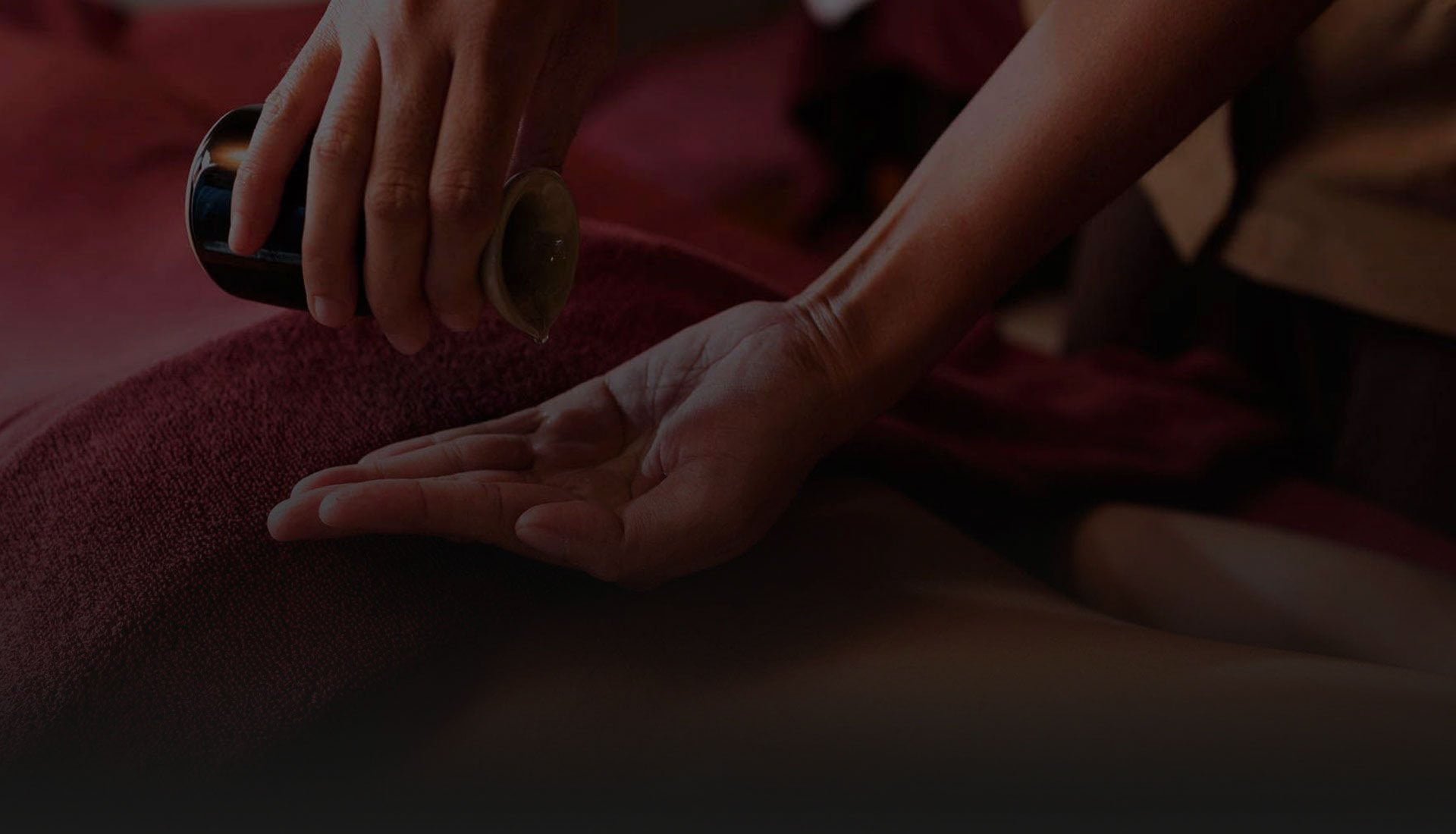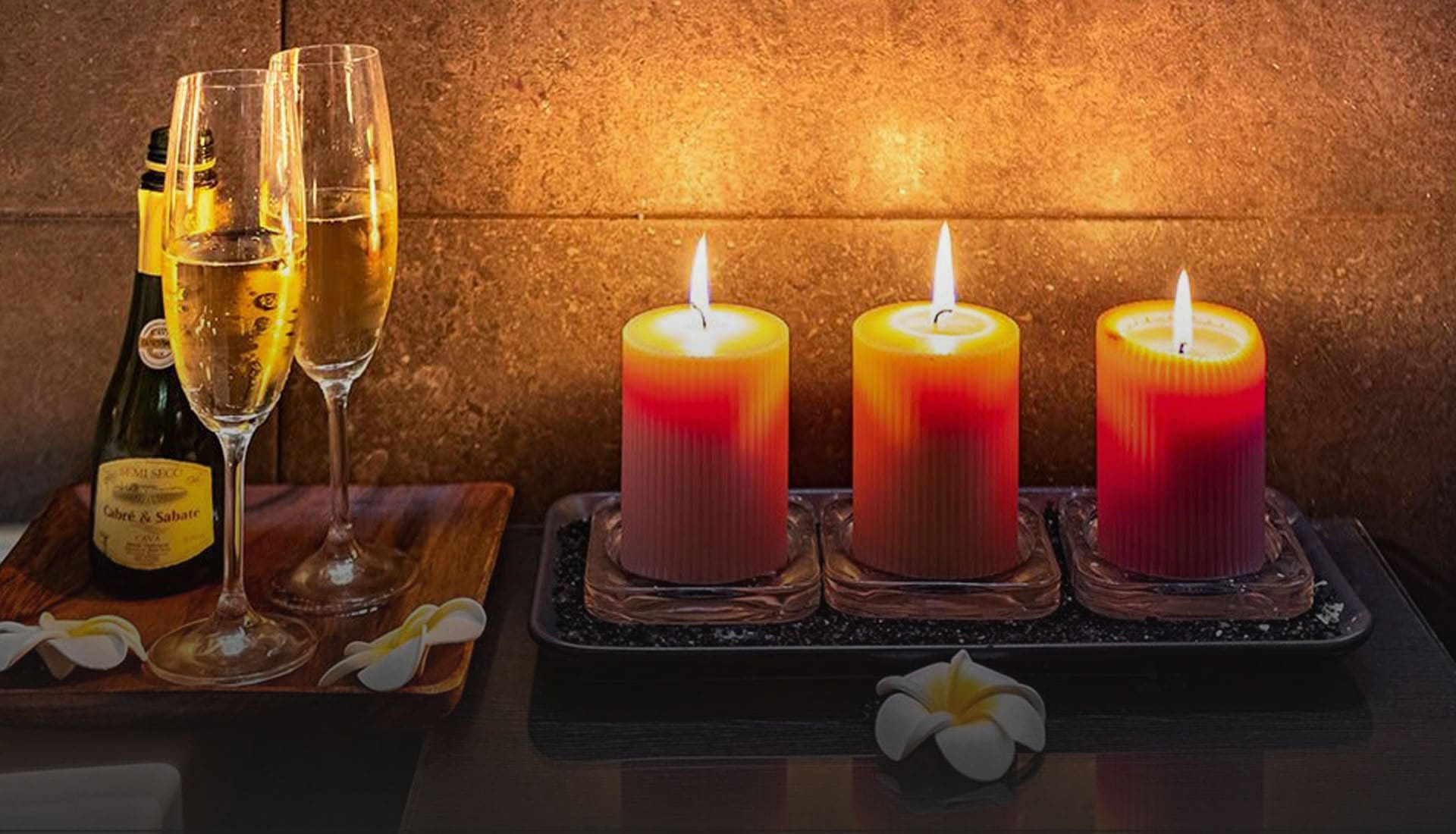Energy receptors located in the human body, or colored disks on a silhouette, the chakras are the answer when you want to align your energy.
Most of the knowledge we have, the result of Western education, is focused on the human body as we see it and tangible reality. However, in Eastern cultures we care much more than Western ones about what lies beyond what we can see and touch. In many cultures, a vision has been adopted after years and years of evolution, in which these two realities converge and have managed to reach a midpoint between these very different facets of the human being. The greatest representation of the perfect balance between the physical and spiritual worlds is found in Hindu culture, and more precisely, in the chakras.
What are the chakras? Surely you have heard of them. The chakras are 7 portals or energy sources that each of us have in very precise places in our body and that are responsible for receiving and transmitting energy. They work like regulators that, according to experts in this field, vibrate, each one of them, at a different frequency. They are all related to a new area of our life and, in the best of scenarios, they are unlocked and functioning in a balanced way. However, over the years it is normal for some to become blocked and others to be unblocked as part of our personal growth.
The origin of the chakras

The position of the chakras has been studied for hundreds of years
The chakras and their study date back to the year VII BC and are part of the study texts known as vedas, which means “ knowledge”. The origin of the word chakra is really eloquent about its conception, since it means “discs”. Why? In general, in any study where the unblocking of the chakras is worked on, either through disciplines such as reiki or others such as yoga, the map of the chakras on The one that will be worked on is based on colored spheres on top of a human body. At the end of the day, the chakras are another theoretical basis for energy medicine to achieve emotional, physical and spiritual health.
Rivers of ink have flowed over the chakras throughout history. However, at Thai Spa Massage we want you to be informed of different disciplines that will help you achieve your well-being. Therefore, we summarize one by one everything you need to know about the 7 chakras that make up your body, from top to bottom.
Muladhara, the root chakra
Muladhara in Sanskrit literally means root or base. In the basic yoga posture — sitting on the floor with the legs bent and crossed — this point is the one that connects the earth with our body and, in fact, that is the element that represents it. On a physical level, this chakra is located on the pelvic floor. The color that represents it is red. Its lack of balance can show up in our lives as anxiety, nightmares or disproportionate fear. If you are experiencing these kinds of issues, try guided meditations to unblock this particular chakra.
Svadhisthana, the sacral chakra
In Sanskrit svadhisthana means “place where one resides”. The color that represents it is orange and the element that governs it is water. Its location can be found 4 or 5 fingers below our navel, in the lower abdomen. Its imbalance shows up in our lives as compulsive problems, addictions or even problems having sexual relationships. On the contrary, its balance brings with it creativity, for example.
Manipura, the solar plexus chakra
His element is fire and the color that represents it is yellow. Actually, the meaning of the Sanskrit word manipura means, “bright gem or lustrous gem”. Its location is above the navel, between the ribs. If you have low self-esteem, or are being too uncompromising with others, your problem may be the Manipura chakra. Dressing in the colors that represent the corresponding chakras helps unlock their energies.
Anahata, the chakra of the heart
In Sanskrit anahata means “the unharmed”. The color that represents it is green and the element that governs it is air. Its location, as you can imagine, is right in the middle of the chest. If you have this chakra blocked, you may feel envy, jealousy or even have selfish tendencies. If you need to forgive yourself and others, you may need to work on this chakra.
Vishuddha, the chakra of the throat
Although its color is blue, the chakra vishuddha represents the ether. The meaning of this word in Sanskrit is “especially pure”, curious, right? The energy blockages of this chakra can be seen reflected in a tendency to hide information and gossip. However, if the energy flows properly through this chakra we will be great communicators.
Anja, the third eye chakra
This is one of the most well-known chakras among people who are interested in spirituality. His name indicates “what goes beyond wisdom” and his color is indigo. Regarding the element it represents, the anja represents them all. The chakra Anja, is located between the two eyebrows and is responsible for intuition. If you are a very intuitive person, this chakra may be your predominant!
Sahasrara, the chakra of the crown

According to the Yoga Tradition, there are some postures that are especially good for aligning and balancing the chakras
The chakra Sahasrara, located at the crown of the head, is the most curious of all. Its name means “thousand-petalled lotus” and it is located right at the crown of the head. As in other religions such as Christianity, the Hindus were clear that contact with superior beings, the gods or your higher “self”, came from that point of the body. In fact, the element that is attributed to this chakra is cosmic energy. Spiritual enlightenment is the consequence of an unlocked crown chakra.
At Thai Spa Massage we firmly believe that your emotional and spiritual well-being influences your physical well-being, and vice versa. After all, Thai massage is also based on energy and how it runs through our body. Discover a full Thai experience and regulate your chakras in our salon on Paseo de Gracia in Barcelona or in our space in Alura and discover the benefits of balance.






